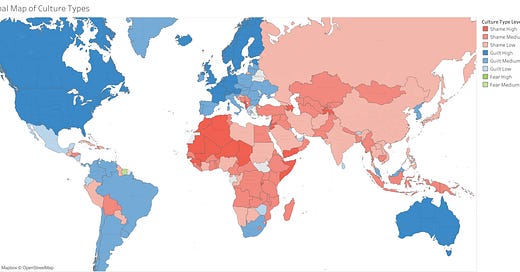We are a pair of finance professionals with boots on the ground in China, each with 10 years of experience in the country. If you like what we are doing please subscribe 👇 and share it with a colleague or friend.
© 2025 Real Charts, LLC
Substack is the home for great culture



